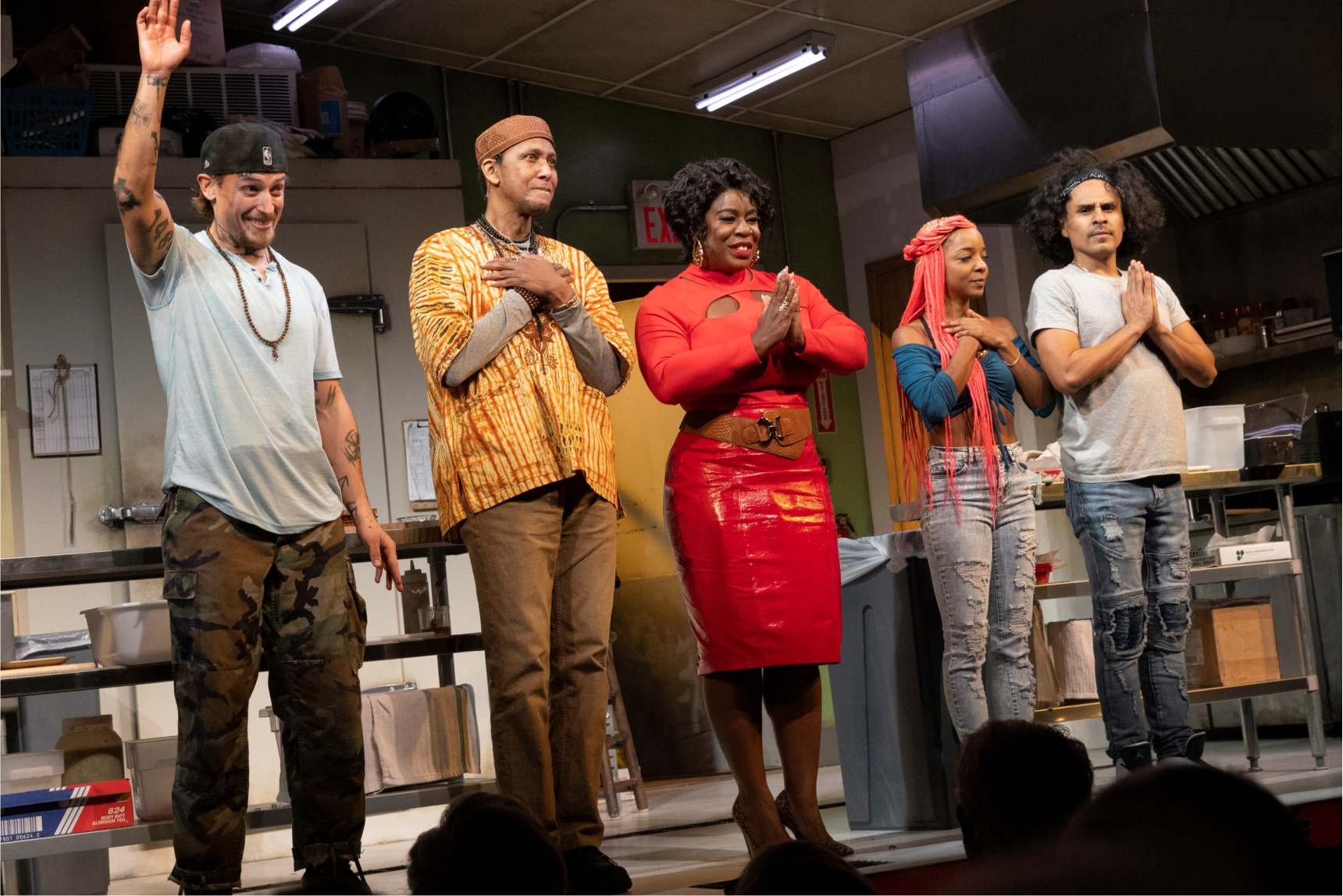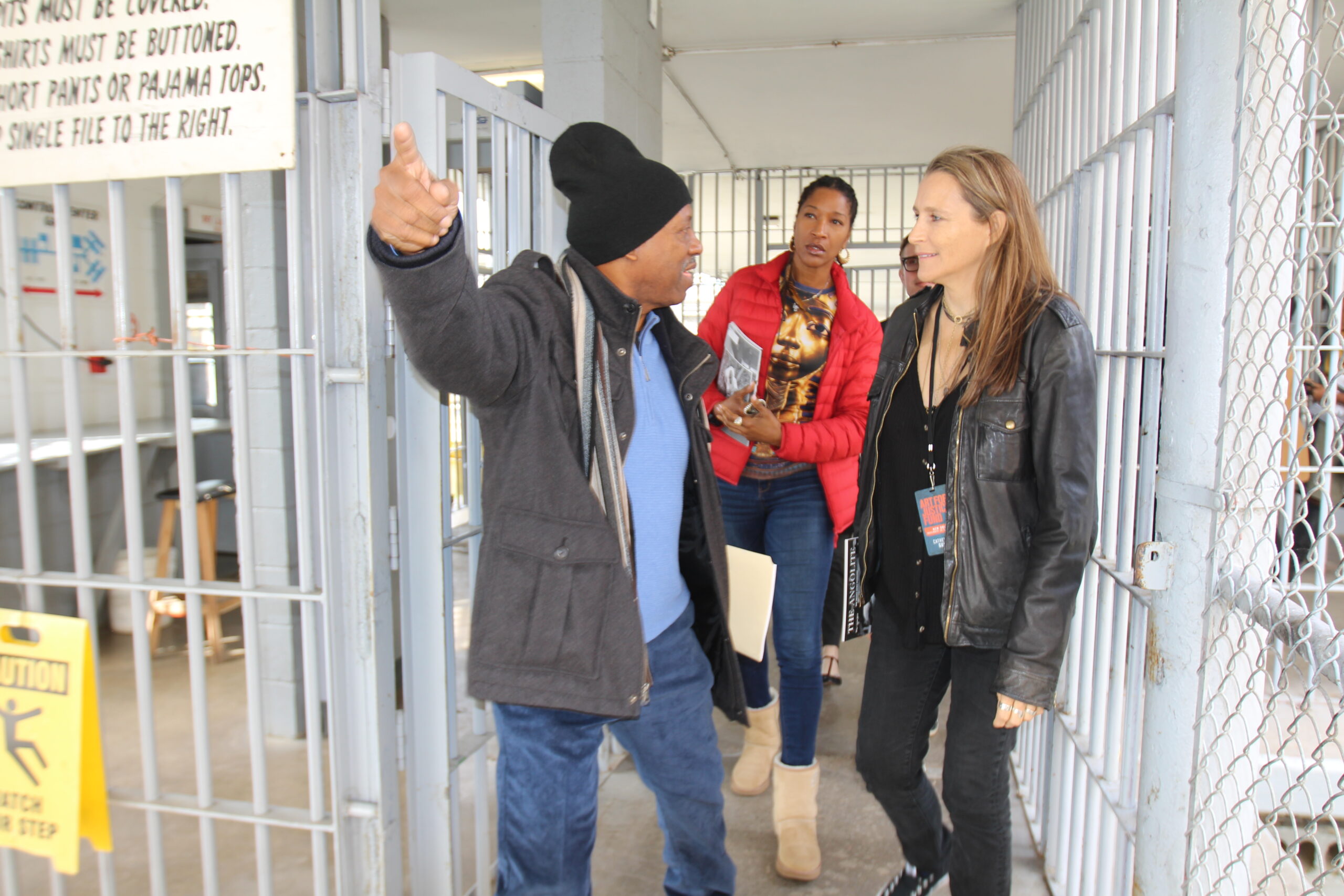Advancing New Narratives Through Art

Because A4J worked at the intersection of art and advocacy, its approach to transforming the criminal legal system was not always traditional. In addition to supporting policy campaigns such as #EndTheException and #CLOSErikers, A4J also funded museum exhibitions, plays, films, albums, and books that gave audiences proximity to formerly incarcerated and justice system-impacted people.
Redaction
In 2019, the artist Titus Kaphar collaborated with poet Reginald Dwayne Betts to create Redaction, a visual project incorporating legal complaints filed by Civil Rights Corps, a grantee partner. Exhibited at MoMA PS1 in 2019, and later collected into a book of prints and text, Redaction powerfully testifies to the urgent need to end cash bail in the U.S. Kaphar and Betts drew inspiration and source material from lawsuits filed on behalf of people who remained locked up because they couldn’t afford bail, despite never having been tried or convicted of a crime. Betts’ poetry, crafted from redacted legal documents, is coupled with Kaphar’s images, reflecting a sobering portrait of the harms caused by mass incarceration.

Voice of the Experienced
In 2020, Voice of the Experienced (VOTE)—a grassroots organization founded by longtime criminal justice advocate Norris Henderson—partnered with the acclaimed playwright and actress Liza Jessie Peterson, another A4J grantee. Together, they brought Peterson’s one-woman play, The Peculiar Patriot, to Louisiana’s Angola Prison. The play tells the story of Betsy LaQuanda Ross, a woman visiting a loved one who is incarcerated. Powerfully evocative of the dislocation people inside experience in their separation from family, Peterson’s commitment to truth-telling resulted in the play being shut down mid-performance by prison staff. This repression and dissent was captured in Cinque Northern’s moving documentary Angola Do You Hear Us?, produced by Catherine Gund’s Aubin Pictures.

The Writing on the Wall
In 2019, Dr. Baz Dreisinger, a professor of English at John Jay College of Criminal Justice, collaborated with MASS Design Group and artist Hank Willis Thomas to create The Writing on The Wall, a traveling multimedia exhibition sharing writing from incarcerated individuals. Constructed from over 2,000 pages of essays, letters, notes, poems, and stories from people around the world—including the U.S., Australia, Brazil, Norway, and Uganda—Dreisinger and Thomas exhibited the work in public spaces across the nation and overseas, including a heavily visited installation on New York City’s High Line.
